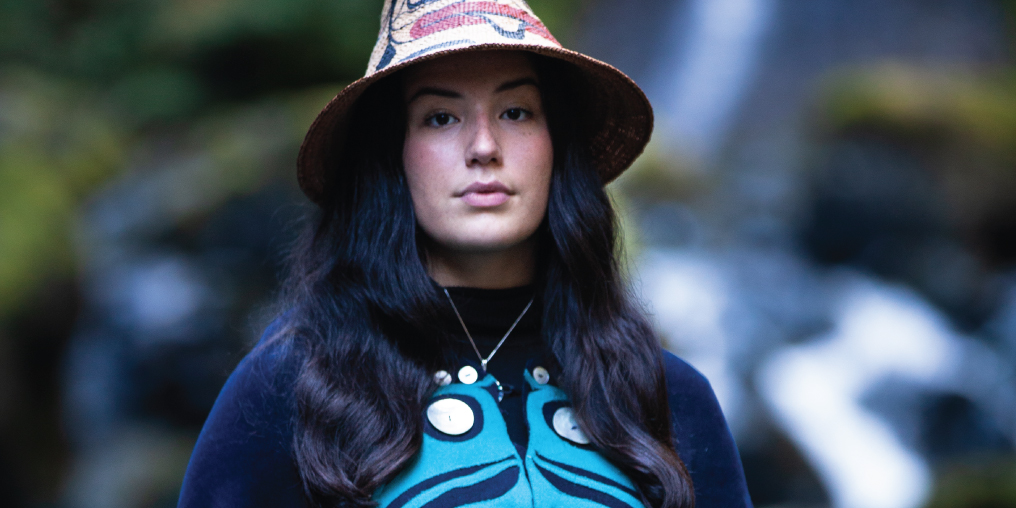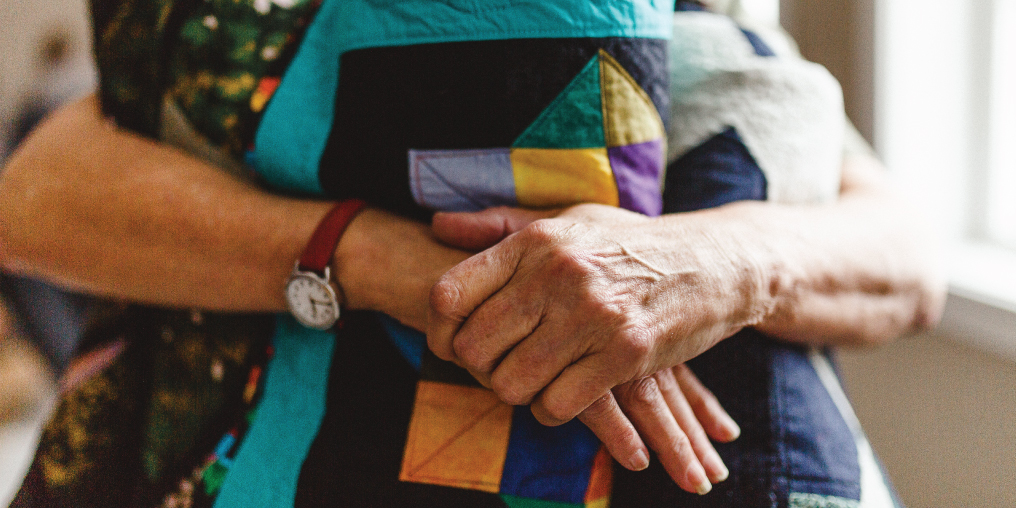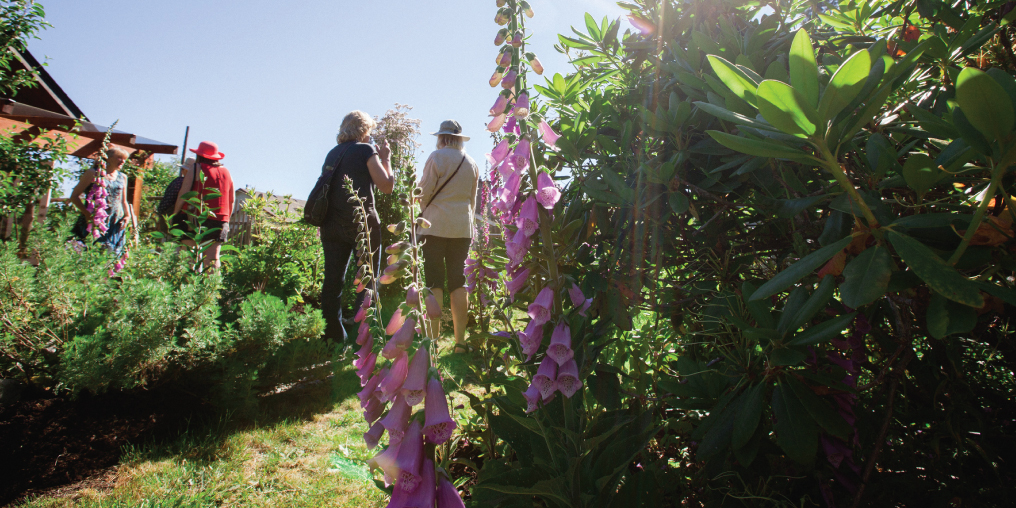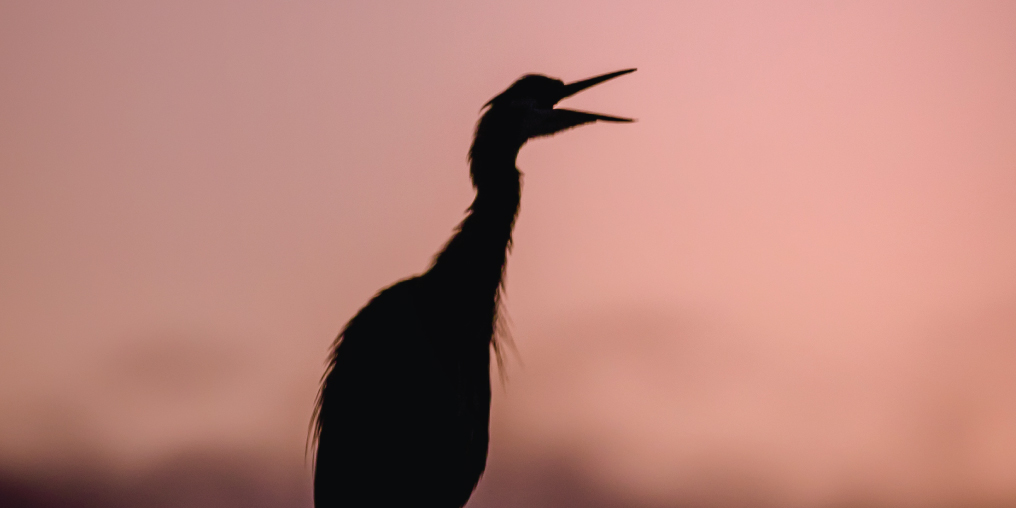Haida art is internationally recognized as part of the Indigenous artistic tradition of the peoples of the Pacific Northwest. This ancient art form is the legacy of a people, language, and culture that have been severely impacted by colonization over the last 250 years. In spite of—in defiance of—this history, Haida people continue to persevere and learn the art, history, and teachings of their ancestors.
As a young Indigenous woman, emerging Haida artist Marlo Wylie Brillon has found that occupying space in the contemporary art world can be challenging. But when it comes to finding mentors, she’s been fortunate.
Amid the mountains and waters of the Comox Valley, Marlo works under the tutelage of three family members: her uncle, renowned Haida artist Jesse Brillon; beloved Kwakwa̱ka̱’wakw artist Andy Everson; and her partner, Kwakwa̱ka̱’wakw artist Karver Everson. “I’m fortunate to have so many mentors,” says Marlo from the Comox studio where she works with her partner.
In many Indigenous cultures, as a child grows and demonstrates skills for certain things (called Gifts), the adults in that child’s life arrange for their Gifts to be nurtured and developed under a mentor. Indigenous art practices are passed on through mentor-apprentice relationships.
Each of Marlo’s mentors shares a different skill set with her, enabling her to deepen and broaden her art practice. Jesse Brillon is an award-winning repoussé metal-working carver, and the first artist in his family for generations. Andy Everson mixes modern technology and references with the age-old traditions of his ancestors. Karver Everson works primarily with different kinds of wood to carve totem poles, wood panels, masks, and smaller pieces.
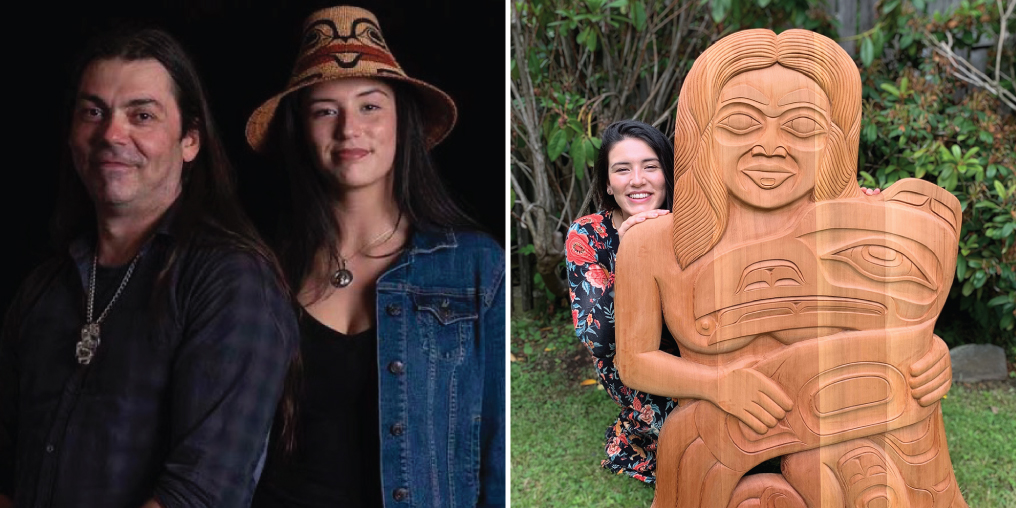
Having three mentors with such varied skills has enabled Marlo to shift seamlessly from paper to computer to metal to wood—she’s recently learned the skill of bentwood box making—and even to fabric. She has also worked with textiles in the screen-printing workshop at Kwigwatsi Studio, where Andy Everson works and lives with Marlo’s mom Erin Brillon, owner of Totem Design House. Artistic collaborations among the three are ongoing.
Marlo often has to explain that her mentorship situation is not nepotism: “It’s a continuation of the age-old custom of passing on teachings and skills to the next generation.”
Because Haida is a matrilineal culture (societal rights and responsibilities are tracked and passed on through the female line), Marlo feels a strong sense of responsibility “to learn and pass on the teachings of our ancestors.” As her practice matures, she will share her knowledge with younger artists.
While there are programs to support emerging Indigenous artists—for example, the YVR Art Foundation’s Emerging Artist Scholarship, which Marlo has received twice—encouragement from the public can be just as important.
“Support Indigenous artists and businesses. Buy our artwork and recommend it to your friends and family,” she suggests, adding, “Do your research, and make sure that it is Indigenous-made and authentic. As Indigenous peoples, we need to pass on the teachings to the next generation and uphold our culture, while making a sustainable income.”

